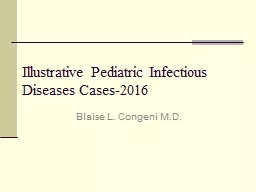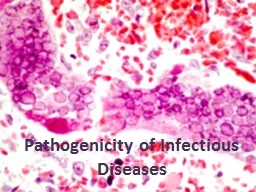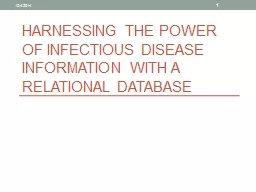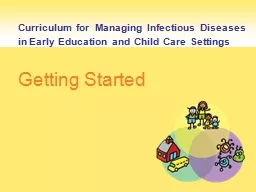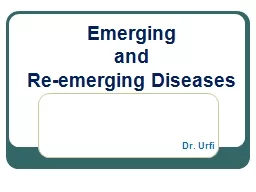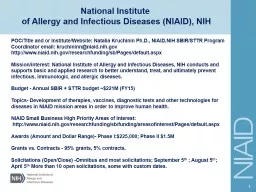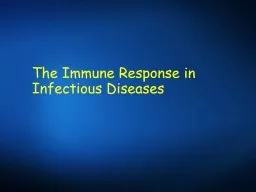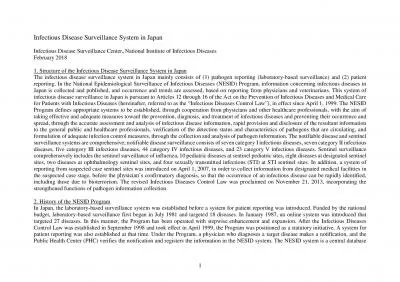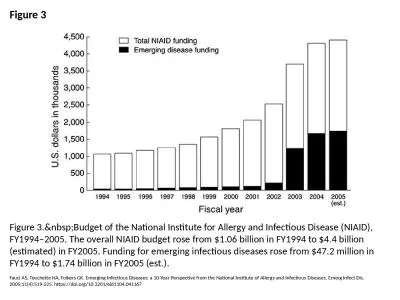PPT-Illustrative Pediatric Infectious Diseases Cases-2016
Author : pamella-moone | Published Date : 2017-05-05
Blaise L Congeni MD Patient TL Patient is 11yo wm who presents with a history of a fall during soccer 3 weeks prior to this admission at which time he struck his
Presentation Embed Code
Download Presentation
Download Presentation The PPT/PDF document "Illustrative Pediatric Infectious Diseas..." is the property of its rightful owner. Permission is granted to download and print the materials on this website for personal, non-commercial use only, and to display it on your personal computer provided you do not modify the materials and that you retain all copyright notices contained in the materials. By downloading content from our website, you accept the terms of this agreement.
Illustrative Pediatric Infectious Diseases Cases-2016: Transcript
Download Rules Of Document
"Illustrative Pediatric Infectious Diseases Cases-2016"The content belongs to its owner. You may download and print it for personal use, without modification, and keep all copyright notices. By downloading, you agree to these terms.
Related Documents

